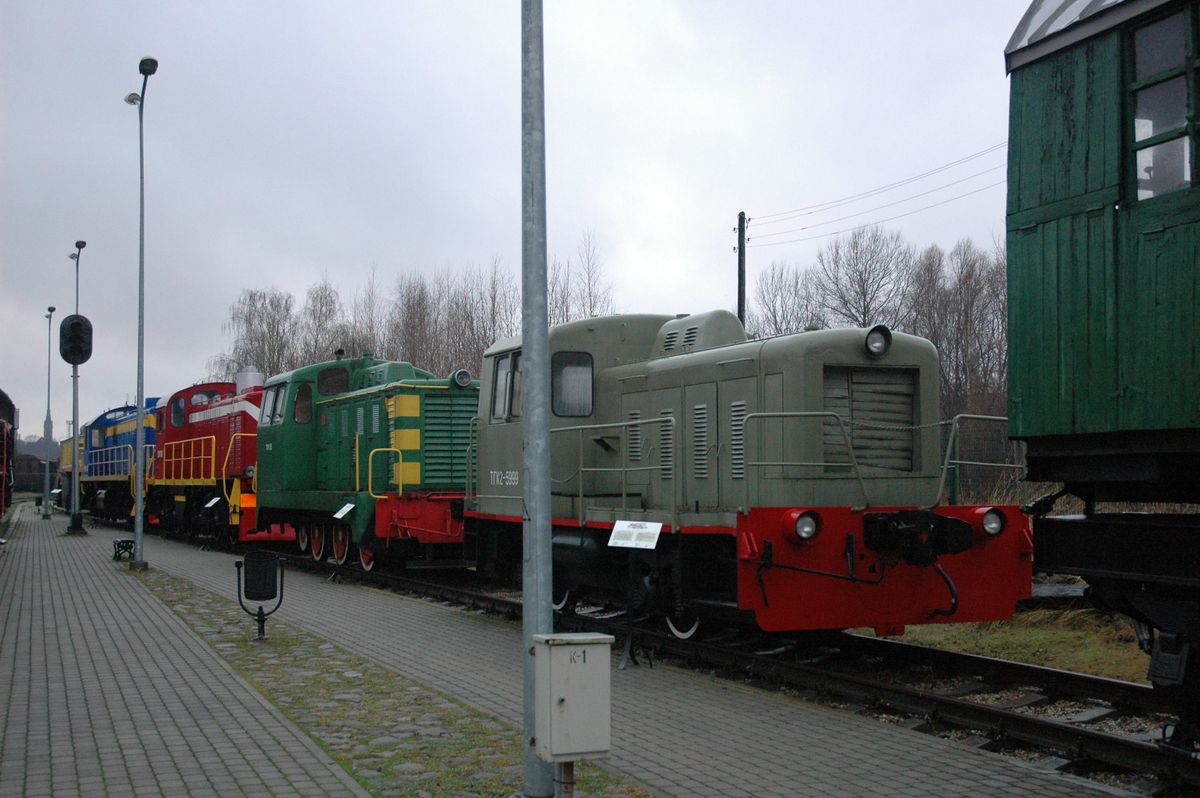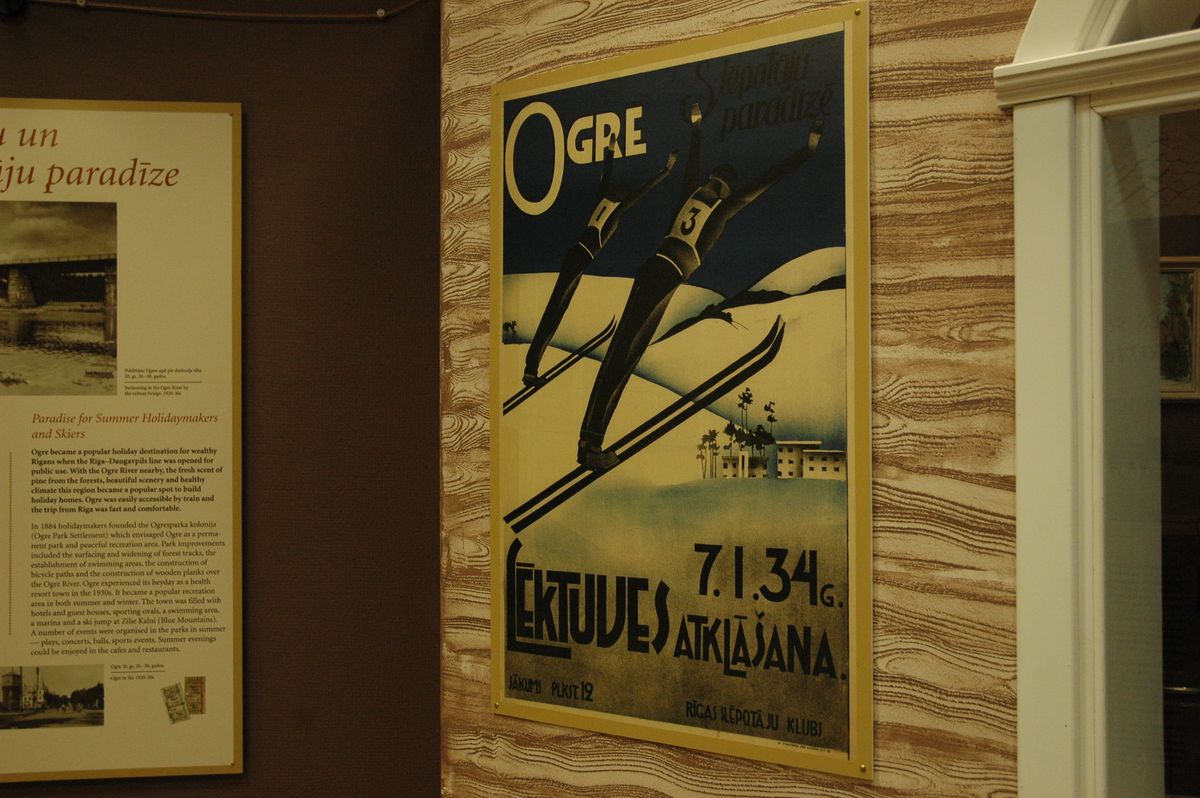About
Across the Daugava River from Riga's Old Town, just a short walk from the National Library of Latvia, sits a low red brick building that used to be the locomotive repair workshop of the Latvian Railway. The building, built in the 19th century, now houses the Latvian Railway History Museum, a collection of over 1,000 items of memorabilia charting the chronology of Latvia's long association with rail travel and logistics.
From its earliest days, Latvia's location in the midst of the Baltic states cemented its importance for the growing railway networks the began linking major cities across Eastern Europe in the 19th century.
This geographical importance, as well as the contribution of the Rīgas Vagonbūves Rūpnīca (RVR) rail and tram manufacturer cemented Latvia as a major player across the the Russian Empire, the Soviet Union, and eventually the European Union.
The museum includes a number of engines and rolling stock, historical pieces of memorabilia, and even a model railway. It is understood to house the largest collection of Russian broad-gauge rolling stock in the world. If you're lucky, you might also spot the museum cat, Perlka. It's very easy to spend a few hours just walking from exhibit to exhibit, or along the outdoor platforms taking in the enormous steam, diesel and electric engines from past eras.
A sister museum is also open to the public in the smaller city of Jelgava, southwest of Riga, housed in what used to be the railworker's house near the main station.
Related Tags
Know Before You Go
The Riga museum is open Tuesday - Saturday 10am to 5pm, while the Jelgava branch is only open 3 days a week. Guided tours can be booked for 10-20 people.
Community Contributors
Added By
Published
October 14, 2024































